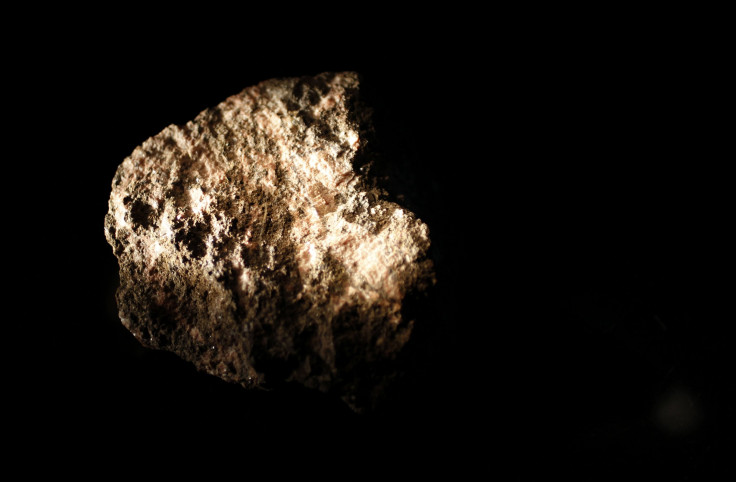Earth’s Rarest Minerals Categorized In New Study, Could Yield Secrets About Planet’s Creation

If rarity is a criterion of how valuable a mineral is, diamond is no match for fingerite. This combination of copper and vanadium figures in a list of 2,500 rarest of the rare minerals, which have, for the first time ever, been painstakingly categorized by researchers from the Carnegie Institution in Washington, D.C., and the Rockefeller University in New York.
“Fingerite is like a ‘perfect storm of rarity,’” Robert Hazen, who co-authored a paper, which is set to be published in the latest issue of the journal American Mineralogist, told the BBC. “It occurs only on the flanks of the Izalco Volcano in El Salvador — an incredibly dangerous place with super-hot fumeroles. ... If you just change the ratio of copper to vanadium slightly, you get a different mineral. And every time it rains, fingerite washes away.”
And fingerite is not the only ephemeral mineral on the planet. Edoylerite, metasideronatrite, and sideronatrite, which also feature in the list of the 2,500 rarest minerals, decompose instantly when exposed to sunlight, while hatrurite — discovered in the Hatrurim Formation in Israel — only forms at a temperature of over 1,250 degrees Celsius (2,282 degrees Fahrenheit).
“Scientists have so far tracked down 5,000 mineral species and it turns out that fewer than a 100 constitute almost all of Earth's crust. The rest of them are rare, but the rarest of the rare — that's about 2,500 minerals — are only found at five places on Earth or fewer,” Hazen said.
Contrast that to diamonds, which are found in at least 700 locations around the world.
Despite their rarity, or perhaps because of it, these minerals assume special importance for geologists and biologists seeking to understand the creation and evolution of Earth and of life. Scientists believe that many of these rare minerals are a product of biological processes, and could also provide a way to seek out the presence of life on other planets.
“It's the rare minerals that tell us so much about how Earth differs from the Moon, from Mars, from Mercury, where the same common minerals exist, but it’s the rare minerals that make Earth special,” Hazen told the BBC.
© Copyright IBTimes 2024. All rights reserved.












